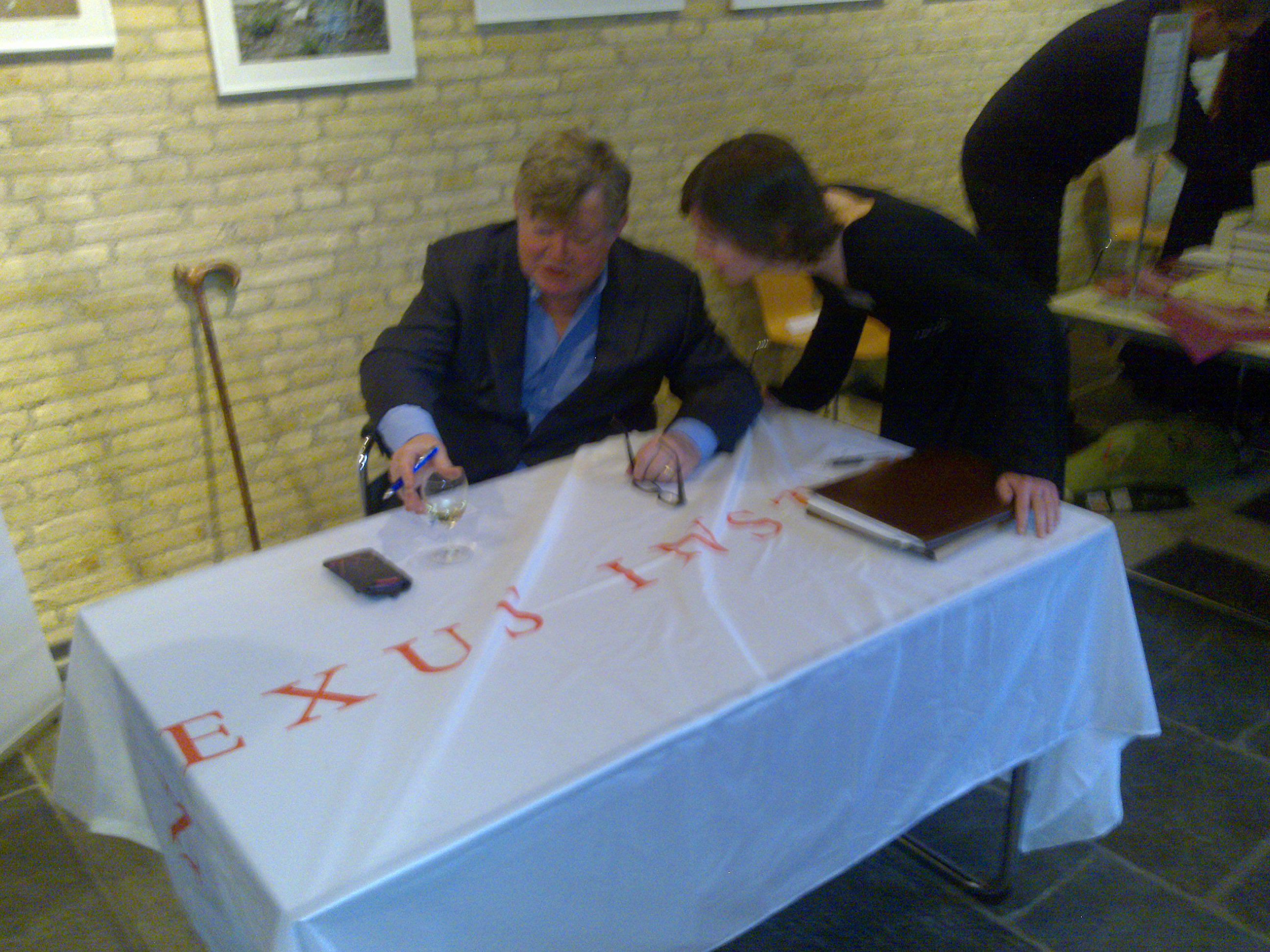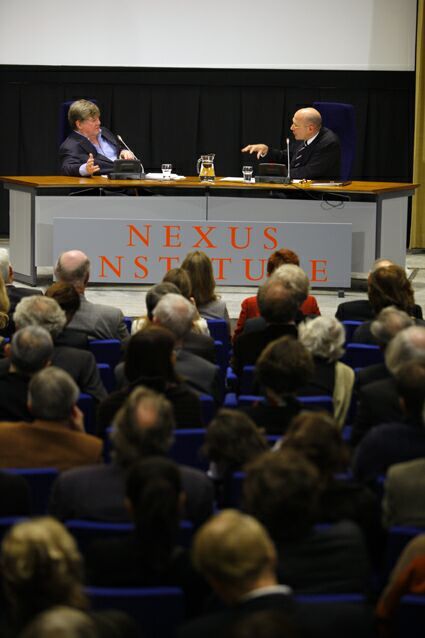
Nexus Institute wrote: 'Robert Hughes, the most known, most readed and most obvious art critic of our time. With 17 books and his television series about modern art and architecture he gathered praise and fear with millions over the whole world. Hughes grew up in Australia, where he joined a group of progressive artists, writers and intellectuals. He stopped his study history of art to write a synopsis about the Australian art of painting. After that he lived and worked in Italy and London, before settleling the US in 1970 as ablaze art critic of Time Magazine.
In 1997 he was choosen by Australians as one of the 40 'Living National Treasures'. His style of writing and speaking is to be recognized immediately: lucid, plain, always telling, with as much intelligence as passion and with scorching witting things. If it is about pretentions of the modern artist, the beauty of Barcelona, the detestable mournful culture of the present, the strange life down under or the destiny of the lonely angler, Hughes looks, praises and sentences on monumental manner.'
Captivating, refreshing and humorous.
